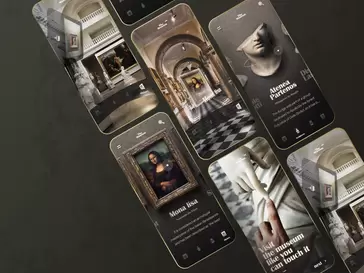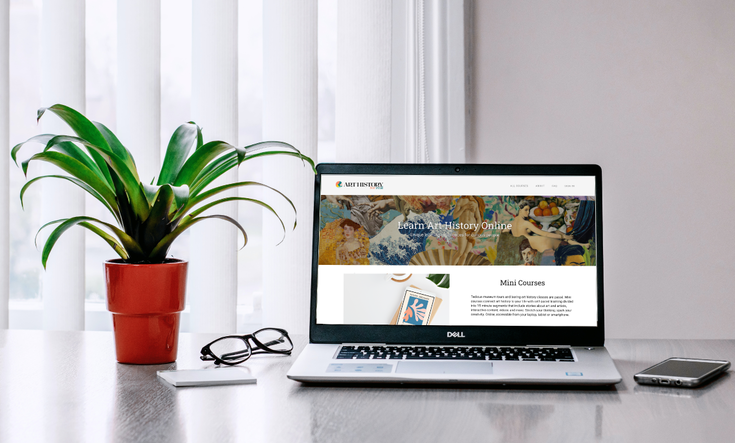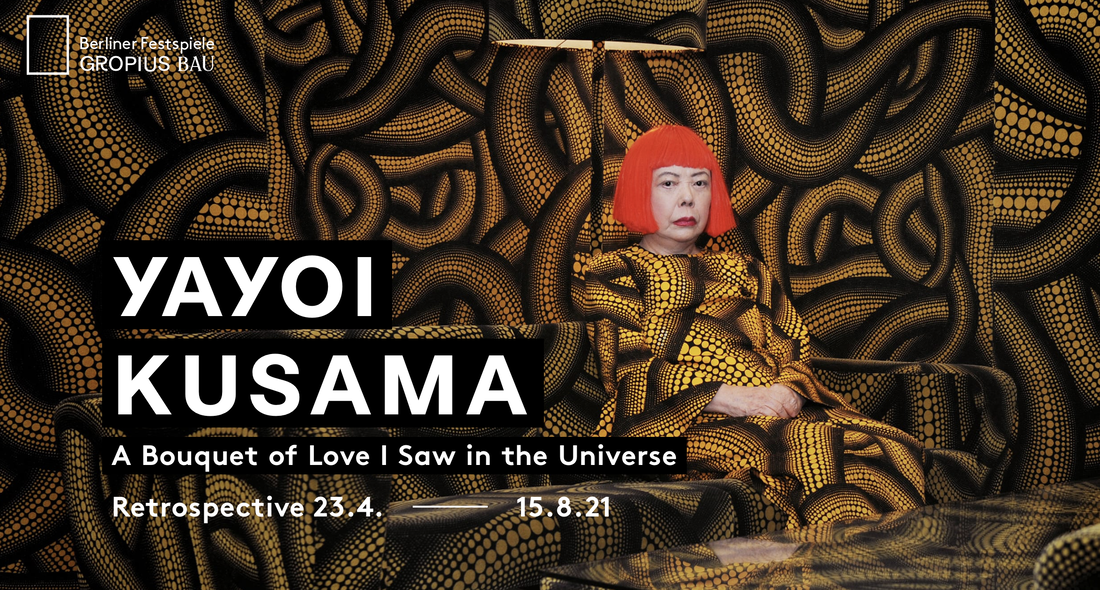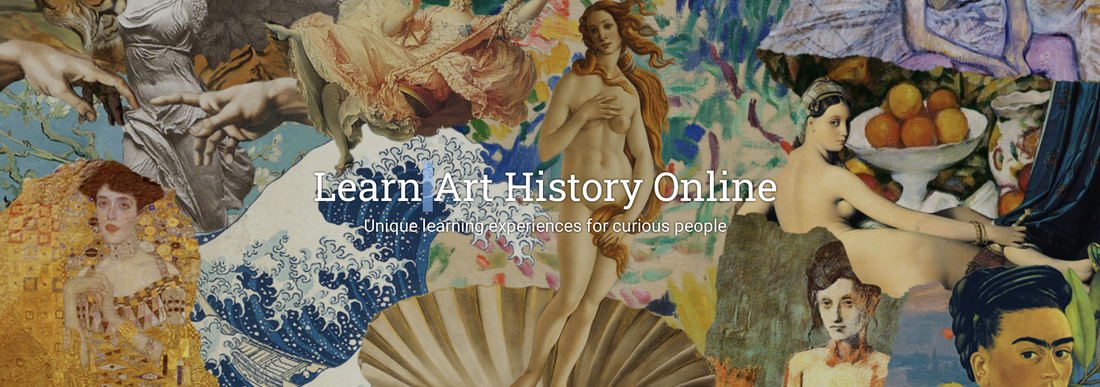|
Museums benefit greatly from memberships, as do members. Members of museums have four and a half times the long-term value of non-members, according to IMPACTS, a cultural institution research firm (Dilenschneider, 2019). Members typically benefit by receiving free admission, access to member-only events, discounts at gift shops, on special events, and more. Interestingly, free admission is not the only driver of membership purchases; another is the concept of supporting the museum’s mission. This ranks second, closely behind free admission as one of the top-ranked reasons for joining (Dilenschneider, 2018). In other words, a visitor who becomes a member is an admirer, a fan, and believes in the museum's values. This suggests that membership is a win-win for all parties. It is perplexing then why cultural organizations in our digital era, with the ubiquitous use of Zoom, live streaming, etc. in the post-COVID era have not leveraged digital capabilities as an opportunity by offering online memberships. I am suggesting that an online membership tier be added to a museum's membership offerings--one that is at a slightly reduced rate from the museum's traditional membership price point. Some museums do offer online events that include courses, talks, live stream events, etc., which makes me think there is an opportunity to offer online visitors who are already engaged and interested, membership options. Doing so would create a relationship between the online visitor-turned-member and the organization. What Is Offered Online?Museums that do offer online events include The National Gallery in London, The Frick, The Met, The Barnes Foundation. Events include courses, talks, draw-and-learn sessions, lectures and more. Some are free, others are fee-based, and some, specifically at The National Gallery offer member-only online events (included in traditional memberships), though events are not promoted as a benefit. Below is a selection of event calendars that include online options.
Unfortunately, the majority of museums don't offer events for digital audiences, including the world's most visited institutions such as the MoMA and the Louvre. Nor do they, or the ones I mentioned above, offer online memberships. 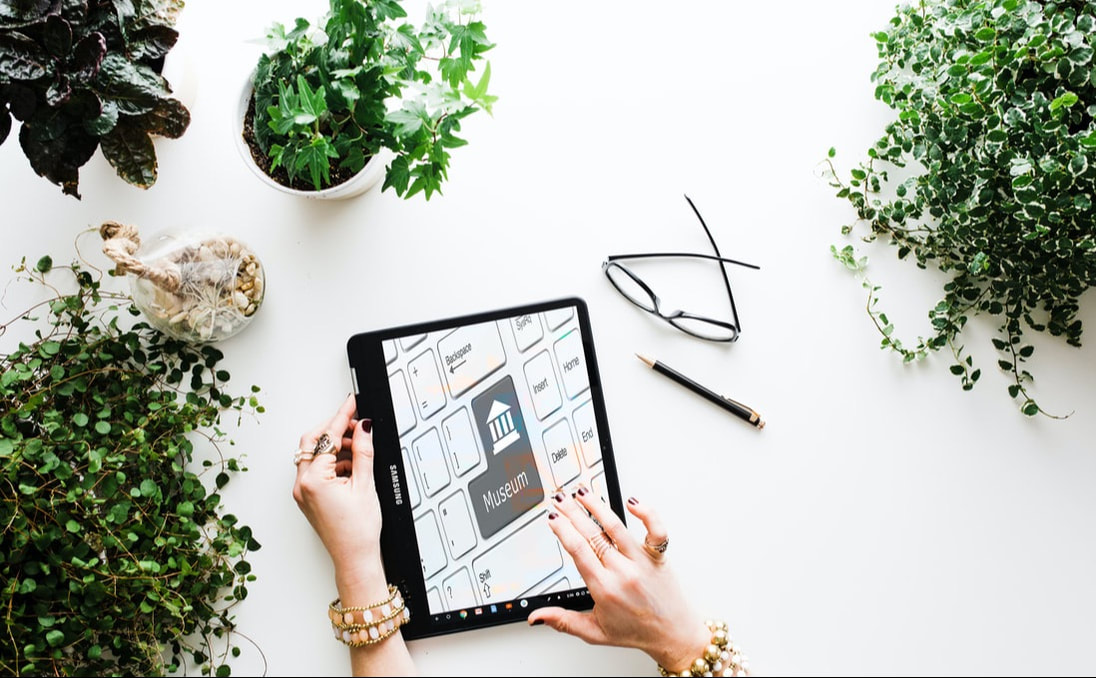 Museums Shift to Digital – Or Not?Surprisingly, museums that offered more digital content during COVID are now scaling back. A study conducted by Katherine Jones and Kathryn Petterson shows that 54 percent of museums surveyed in 2021 reduced their digital offerings post-COVID, and 7 percent ceased their digital output entirely (Lu, 2021). Considering that museum attendance in the first quarter of 2023 is projected to be less than that in 2019, according to IMPACTS data, it would seem that museums need to think outside the box, literally, to leverage opportunities to increase visitor numbers and potential members (Dilenschneider, 2023). It seems a no-brainer for museums to develop a strategy to garner visitors digitally and offer exclusive online-only memberships. And to clarify, by engaging visitors online I do not mean with "virtual tours," which are typically a clunky and cumbersome method to view paintings or artifacts. By engaging members online, I mean by offering online events, exclusive digital content, including videos, live streamed events, and interactive digital elements that explore or share the institutions’ artifacts or content. Three Suggestions for Museums’ Digital Revamp To begin, museums' websites should be revamped so that they target ALL visitors, including digital ones. Most museum websites are geared to in-person visitors with the message "plan your visit" featured on the home page. Why not include online visitors in the "plan your visit" invitation? Suggestions for a Digital Revamp
There is no doubt that the above suggestions for online memberships and digital programming requires a shift in strategy, yet the benefits of including digital visit strategies are exponential for museums and visitors. References
Visiting a museum in 2021 is almost as challenging as it was in 2020. Last year museums around the world were closed for at a minimum of six months while attendance at the top 100 museums dropped a whopping of 77%! Some museums are beginning to reopen after being closed for a full year, while others had opened yet are closed again as I write this due to third waves of COVID. Fortunately for the art-starved some museums have fast-tracked their online offerings and provide dynamic ways to engage and experience art from home. I share here my favorite interactive digital works, programs and ongoing live events offered on Zoom, Instagram Live and YouTube. Interactive Online ExhibitionsYayoi Kusauma at 92 years old is one of the world’s most famous contemporary artists. This year several exhibitions of her work are featured in museums around the globe. Some offer experiences from home including Gropius Bau's exhibition Yayoi Kusauma: A Bouquet of Love I Saw in The Universe. Gropius Bau’s guide delivers an experience that allows you to explore Kusauma’s works online. It explores Kusauma’s works from her lengthy artistic career and reveals how her art goes well beyond the iconic polka dots. There is depth to Kusauma’s art that address social and cultural themes. Another excellent interactive where you can experience the art and learn about the artist is Alice Neel’s New York exhibition put online by The Met. The exhibition celebrates Alice Neel, a painter of real life in New York City. I love one of her quotes, “One of the reasons I painted was to catch life as it goes by, right hot off the griddle”. My favorites are her works of pregnant women; she paints what male artists typically do not. Galleries of Alice Neel’s works are here. There’s much to explore. Take your time. Live Virtual EventsA handful of museums offer live events online via social platforms and/or on Zoom. One of my favorites is Instagram Live—events are typically live in the museum and led by a curator or guide through a special exhibition. The downside is it is tough to know when these events are scheduled. Another venue is Facebook live events. I suggest following your favorite museum on Facebook to be notified of events offered. Below are a handful of events you can plan for. Newark Museum from Home: The Newark Museum offers a robust roster of online events; most are free. Signing up for their newsletter will give you the scoop on upcoming events. Events include cooking classes based on artworks, art and happy hour, virtual tours and more. I love their tagline: ‘Virtual experiences for all at #NMOAathome. The Frick Collection in New York City offers weekly cocktail with a curator, a mini series exploring a work of art via YouTube Live. They also offer free Zoom sessions titled “Continue the Conversation” that explore a work of art with guided conversation. Canadian McMichael Collection. One of my favorite Canadian museums is the McMichael Collection. They have an excellent collection to explore online, as well as offer free guided virtual tours around specific exhibitions. Currently they are offering A Like Vision: The Group of Seven at 100. It is excellent. More to Explore...There are other alternatives including recorded art talks by Harvard University. They offer a series of brief featuring in-depth views of art objects--Art Talks at the Harvard Museum. Another is Heni Talks, one of my favorite sites for excellent quality videos on various topics in art history.
Cheers and enjoy! PS Check out my platform Art History For Real which offers unique Mini Courses on art history through a modern lens! Really! I just launched Art History For Real, an online learning platform that delivers unconventional learning experiences about art history with online self-paced, courses available in two formats, Mini Courses and Deep Dives. My goal is to bring the inspirational world of art to learners with courses that teach art differently than traditional online or in-person art history classes or museum programs. Art History For Real courses share art and its stories through a modern lens. My goal is to make art relevant, fun, instructive and inspirational. And most importantly, that it connects to learners’ life experiences. Why I Started Art History For Real Debbie Morrison, Art History For Real, Founder Debbie Morrison, Art History For Real, Founder As a museum-goer, educator and docent I saw how people wanted to experience art and culture in museums but couldn’t because of barriers inherent to museum experiences that included and were not limited to: unwelcoming environments and elitist attitudes. With COVID there are additional barriers that make visiting museums onerous and, in some cases, impossible! Visitors getting to museums is not the only challenge, cultural institutions are struggling with making themselves appear relevant and in-tune with the real world. I decided to create an alternative for people to engage with art. I put my twenty-plus years’ experience in curriculum design, Master’s Degree in education, background in art history and passion for sharing art with others to work by creating approachable learning experiences that inspire new ways of thinking about art, other cultures and life. Learning experiences at Art History For Real (AHFR) are unique with courses that explore art through unconventional lenses, like Fashionistas That Rocked Art History and 7 Kickass Women in Art History. Courses and conversations are designed to involve learners with interactive content and reflection activities that prompt learners to consider and apply insights to their own work and life experiences. Passive online learning about art history is out, engaged learning is in! Unique Learning Experiences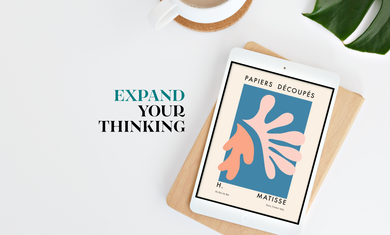 Mini Courses Mini Courses are short, two-to-three-hour courses that present art history through a modern lens with courses such as 7 Kickass Women in Art History and A Short History of Wine Drinking Culture through 7 Famous Paintings. Content is divided into ten-minute learning chunks or segments and include: images of artworks, interactive digital collages and images, exploration videos, stories and more—all designed to entertain, motivate and inspire. Reflection activities are designed to involve learners by posing questions to prompt thought and reflection, and to challenge learners to consider different perspectives. Other activities encourage leaners to apply their ideas and opinions through writing or creating. Learners are also invited to participate in course discussion forums to share opinions. Learning, as all educators know, is not achieved through passive consumption of content, but requires learners do something with the content through a mode of application. That is the goal with Mini Courses, to foster inspiration, ideas and new perspectives about culture, art and current events with engaged learning. 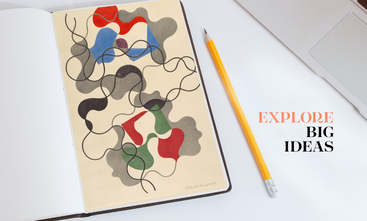 Deep Dives Deep Dives are in-depth courses that focus on more traditional topics of art history, and dig deep into key topics of art and culture from real-world perspectives. Courses are self-directed, fully online and divided into eight modules with over twenty hours of learning content delivered in condensed segments. Learners’ journeys can be as deep or broad as they choose. Content includes videos, journal articles, textbook readings, images, interactive digital collages, and more. Module assignments include reflection activities, writing assignments, artworks analysis and creating visual projects. Assignments are designed to promote thought, build knowledge and develop skills of interpretation and cultural analysis. In keeping with the philosophy of self-directed learning, leaners complete self-assessment using self-grading tools. Who is Art History For Real For?Art History For Real is for people who are curious, who want to engage and be active in exploring art and its history, consider different cultures and viewpoints and be part of a learning community. I invite you to explore our courses at Art History For Real to learn more, and to sign up for a free preview of any course. Join us and be part of a learning community! You can us on Instagram.
|
Museums for Real is a blog with insights and ideas on how to make museums relevant and enjoyable for everyone.
|
